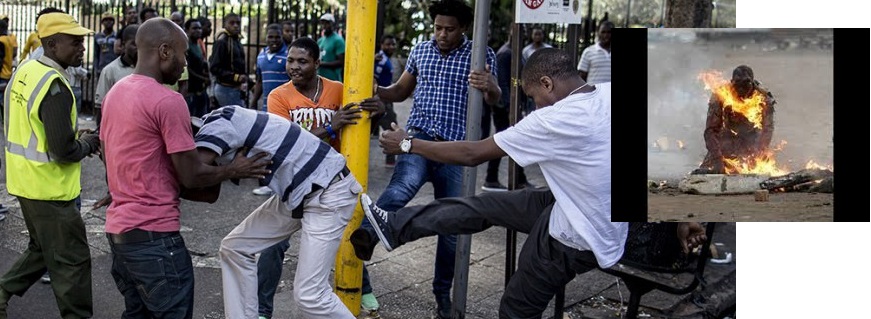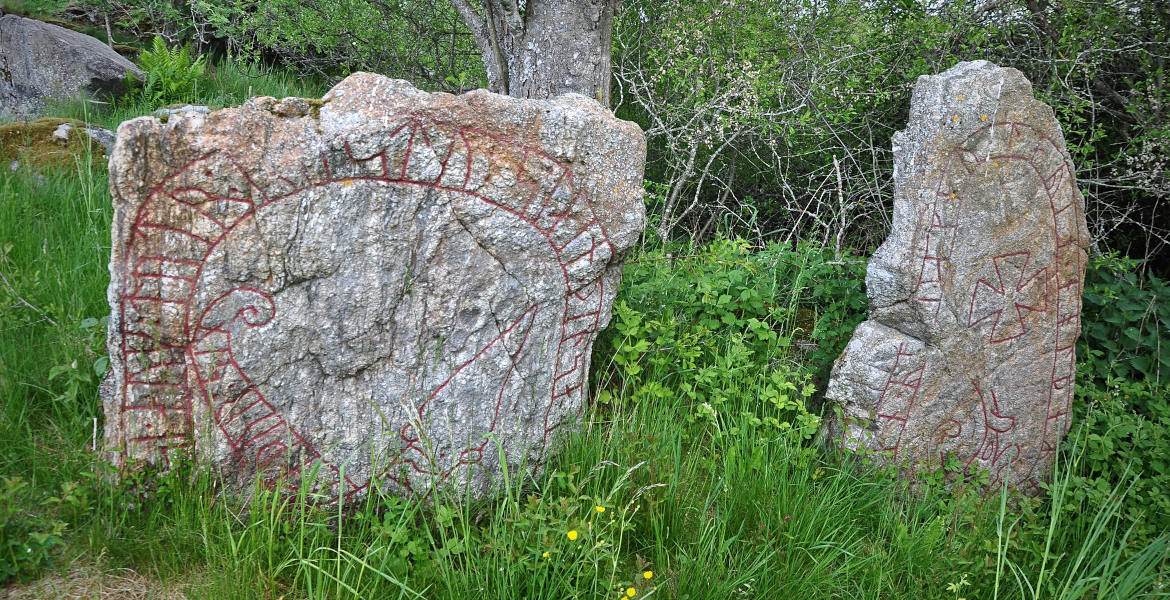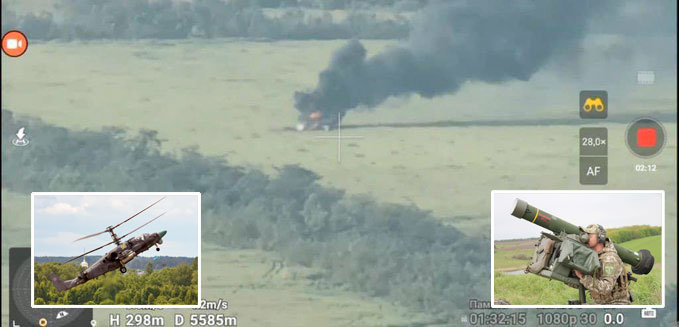For this purpose there will be a “Day of Intercultural Competence”, which will be organised in cooperation with the Africa Center of the University of Würzburg. Aspiring officials from the Bavarian riot police as well as asylum seekers and students from Africa are to take part, reported the dpa news agency.
Police operations were often unsatisfactory due to cultural misunderstandings, said the head of training and further education in the Presidium of the Bavarian Riot Police, Gerd Enkling. Intercultural and social skills will become increasingly important for aspiring police officers. The seminar will help to put candidates in the shoes of Africans.
Africans also have stereotypical ideas about corrupt and brutal police officers based on their experiences in their countries of origin, according to Enkling. It is understandable from his point of view that such immigrants should therefore fear police officers in Germany, and be suspicious of police officers.
The head of the riot police department, Thomas Bauer, also warned of prejudice on the German side. One thing, for example, was that immigrants were generally more prone to violence than Germans. But this was not the case. “Many fled from violence because they no longer wanted it,” according to Bauer.
“With the seminar we want to show the prospective police officers a differentiated and diverse picture of Africa. At the same time, it should be clear where prejudices come from and how they can be overcome,” said literary scholar Julien Bobineau from the Africa Center at the University of Würzburg.
One of his main areas of research is “colonial racism”, which is still prevalent today and shown, among other things, by “racial profiling” used by security authorities.
But at the top of countries noted by UNODC for an exceptionally high intentional murder rate per year per 100 000 inhabitants, all are either African, Caribbean, South American or Central American countries with populations bearing the marks of African ancestry such as Jamaica (57), Brazil (30,5) or Honduras (41,7).
The rate is typically expressed in units of deaths per 100 000 individuals per year; thus, a mortality rate of 30 (out of 100 000) in a population of 100 000 would mean 30 deaths per year in that entire population, or 0,03 percent out of the total.
And research suggests that intentional murder demographics may also be under-reported for political reasons, noted author William Vizzard in his book Shots in the Dark.













No comments.
By submitting a comment you grant Free West Media a perpetual license to reproduce your words and name/web site in attribution. Inappropriate and irrelevant comments will be removed at an admin’s discretion. Your email is used for verification purposes only, it will never be shared.